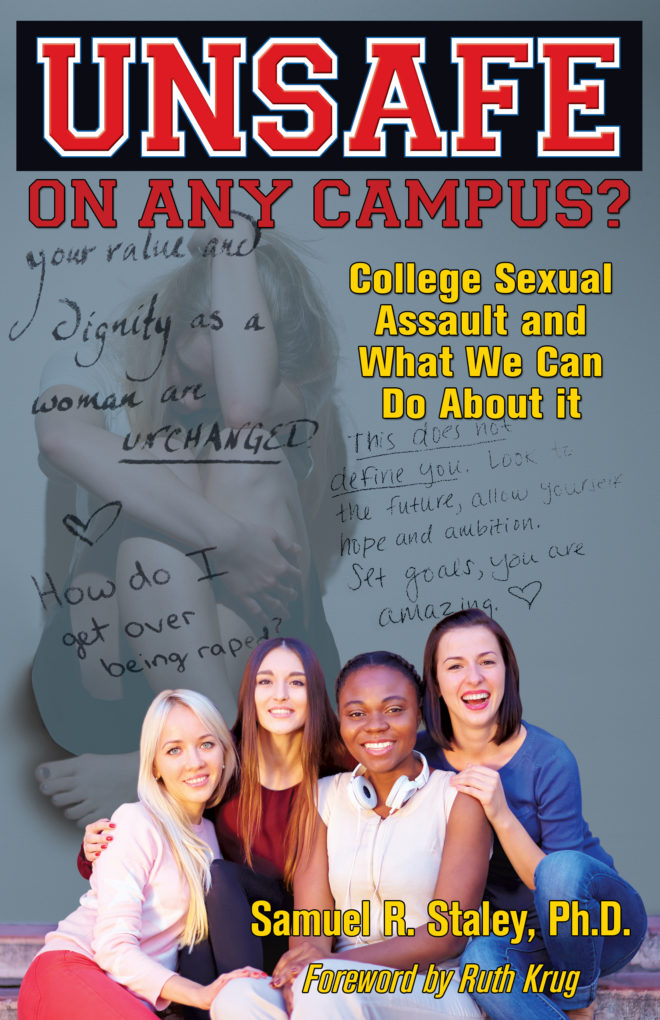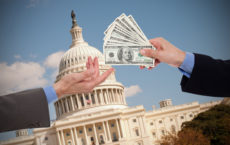 I was braced for Deepwater Horizon, the big-budget disaster movie about the real world oil-rig disaster, to be an anti-capitalist and anti-oil diatribe. After all, the oil spill became the biggest environmental disaster in history. But instead of a tirade, I found a complex saga weaved into a story of heroism triggered by hubris and reckless disregard for the consequences of poor judgement. While Hollywood and mainstream media might call this blunder “greed,” I think the film is more a universal cautionary tale of the tragedy that can result from human error.
I was braced for Deepwater Horizon, the big-budget disaster movie about the real world oil-rig disaster, to be an anti-capitalist and anti-oil diatribe. After all, the oil spill became the biggest environmental disaster in history. But instead of a tirade, I found a complex saga weaved into a story of heroism triggered by hubris and reckless disregard for the consequences of poor judgement. While Hollywood and mainstream media might call this blunder “greed,” I think the film is more a universal cautionary tale of the tragedy that can result from human error.
Deepwater Horizon is directed by Peter Berg of Friday Night Lights and Lone Survivor fame (and others), and the big screen swallows up viewers through well-executed special effects depicting nature’s unwillingness to be tamed, aided and abetted by cutting-edge man-made technology. The violence is carefully scripted to fit the narrative (and the New York Times article on which it is based), and every explosion, burst of flame, and collapsing piece of metal serves the purpose of moving the story and the arc of the characters forward. All the major characters are tested and transformed as they are thrust into dealing with the tragic consequences of the improbable.
But the special effects are not the story in this film. Rather, it’s the tale of everyday workers forced to come to grips with their worst on-the-job nightmare, a literal and metaphoric Hell that can’t be understood unless it is lived.
Berg’s masterful use of foreshadowing sets in motion dual personal and professional tensions that build until the first violent appearance of uncontrolled crude gushing through the rig’s pipeline, about halfway through the movie. Mark Wahlberg, as electronic technician Mike Williams, and Kurt Russell, as rig boss Jimmy “Mr. Jimmy” Harrell, may well earn best-actor nods based on their exceptional performances. John Malkovich, playing BP executive Donald Vidrine, turns in an understated performance that pivots the story in an unusual but important way (as I will discuss below).
Even though we know the story’s ending—about 5 billion barrels of oil spilled into the Gulf of Mexico, 11 people dead, and cleanup estimated to cost about $54 billion dollars—the story unfolds in a human context. As Mike Williams (Walhberg) sets out from home, his distance from his wife (played by Kate Hudson) and daughter is as heartfelt as it is necessary for keeping the steady paychecks coming (reinforcing the film’s everyday working man theme). Mr. Jimmy’s (Russell) disdain for BP oil executives and middle managers is clear from the beginning, as professional and class distinctions are established early—blue-collar rig operators versus corporate suits. The division is important and intentional, and Berg establishes these divisions with an authenticity that serves the story well. Berg has championed Lionsgate, the film’s producer and distributor, for its willingness to make “a film about something—about the oil industry, about corporate greed.”
Berg isn’t quite on point here, although it fits the Hollywood narrative. This might also be the film’s saving grace, giving it staying power in filmography as well as contemporary commentary on environmental policy.
Without a doubt, BP is the film’s villain. The real-world disaster, however, had three main villains: BP, the obvious one, as well as the rig operator (Transocean), and global oil services company Halliburton. In the actual lawsuit and settlement, BP was assigned to 67 percent of the liability, 30 percent to Transocean, and 3 percent to Haliburton. BP was cited for “gross negligence” and “willful misconduct,” reckless behavior. Transocean and Halliburton were “negligent.”
The difference in culpability underpins a big part of the film’s plot and story. When Mr. Jimmy and Williams board the rig, they are told that BP has inexplicably transferred maintenance crew to another site, before they had conducted a required final test on the Deepwater Horizon’s wellhead. Controversy and tensions mount as the rig operators repeatedly question the wisdom of the transfer while the executives dismiss the dangers, citing vague probabilities of a blowout really happening. The result is a story of Transocean’s employees trying to do the right thing—follow best practices and run the right tests, the right way, before moving on—all while BP’s determination to get the rig back on schedule leads to reckless disregard for the likelihood of disaster (a blowout). At the end of the day, however, Mr. Jimmy has to make the final call, and, weighing the risks based on the information he has available, he makes the wrong one. By my estimate, Berg’s narrative seems to elevate BP’s role in the disaster to 90 percent responsibility and reduce Transocean’s to 10 percent. Halliburton is nowhere to be seen.
Ironically, the story of corporate greed breaks down, despite the director’s apparent intentions. In a pivotal scene, BP executive Vidrine (Malkovich) seeks out Mike Williams to get his honest and candid assessment of the state of Deepwater Horizon’s equipment. Williams tells him it’s like landing a plane on “empty tanks,” and that “you don’t want to land a plane on empty tanks.” Vidrine doesn’t push back, but he does process the information and reflect on it. His fault is a failure to take leadership when confronted with this sobering information.
The inevitability of the disaster becomes apparent to the audience as they are privileged with information on the impending blowout about which the crew can only guess. Finally, the fateful decision is made, and the blowout fuels an explosive rain of fire, debris, and death on the crew, fomenting chaos, further indecision, and even more poor judgement. Importantly, the Deepwater Horizon was known for having one of the best trained and most experienced crews in the industry, doubling down on the film’s theme that “fail safe” does not exist when tampering with the power of Mother Earth. (In fact, as in the movie, BP officials in real life were on the rig to announce an award for productivity and safety.)
Unfortunately, Deepwater Horizon will be relying on foreign film revenues to cover its production budget of $110 million. This film deserves a much wider viewing, although perhaps not for the reasons that environmentalists and many sympathetic reviewers would prefer. Its depiction of “greed” is a shallow version that fits the Hollywood fantasy narrative that natural resources don’t have to be exploited and, when they are, the costs of using them can and should be ignored. Scarcity in this narrative is applied only to natural resources, not to the other resources that keep the lights on, the air conditioners blowing, the furnaces warming us, or the trains and cars moving.
The real power of Deepwater Horizon is in showing the consequences of poor decisions and a failure to follow best practices, and the depiction of the environmental and human tragedies that result. This is a worthy message for environmentalists of all types and stripes. Berg has said as much, despite the quote above, writing in The Guardian (October 4, 2016):
Nobody thought the cement pour would have led to what it did. [BP executives] Vidrine and Kaluza were wrong, but there was no criminal intent there. We are clear on that. BP behaved as a company for profit, which it is – but we all participate in capitalist society. Every time we drive a car or fly in an airplane, we are all complicit in this relationship. BP isn’t some great devil forcing us to live these lifestyles. BP had many problems drilling that well that certainly weren’t all BP’s fault – that was why it was called “the well from hell”. I think we made BP look reasonable in its reactions to events. That’s not to say its two guys weren’t on the rig; they were in charge, and made some big mistakes. If anyone had really understood that something this bad was going to happen, they would have stopped it for sure; no one realised what the price could be for the shortcuts. I’ll bet you BP are not going to be so quick to cut corners in future.
 . . . and I don’t feel good about it.
. . . and I don’t feel good about it. Former University of Virginia associate dean Nicole P. Eramo
Former University of Virginia associate dean Nicole P. Eramo  Would a starting salary of just above $160,000 turn you off? Well, maybe if you had a scientific PhD and had to wait four months before the employer could decide whether to hire you or not, you would find a spot elsewhere.
Would a starting salary of just above $160,000 turn you off? Well, maybe if you had a scientific PhD and had to wait four months before the employer could decide whether to hire you or not, you would find a spot elsewhere. People do not oppose corruption in politics and government. They oppose only the corruption that does not steer loot and social domination to them. After all, the entire process of so-called democratic government is nothing but corruption writ large and backed by the threat of violent force.
People do not oppose corruption in politics and government. They oppose only the corruption that does not steer loot and social domination to them. After all, the entire process of so-called democratic government is nothing but corruption writ large and backed by the threat of violent force. Scholars at the Urban Institute, staunch defenders of Obamacare, have previously struggled to find ways to report Obamacare’s good news by pointing out “
Scholars at the Urban Institute, staunch defenders of Obamacare, have previously struggled to find ways to report Obamacare’s good news by pointing out “ There are different ways to gauge the rise of protectionism. An obvious one is to count, as
There are different ways to gauge the rise of protectionism. An obvious one is to count, as  I was braced for
I was braced for  A contest is under way in the world between the forces of creation, improvement, and progress and the forces of destruction, spoliation, and retrogression. This contest has been going on for thousands of years, and except during brief interludes the negative forces always kept the positive forces firmly in check. Roughly 200 to 300 years ago in Western Europe and some of its overseas offshoots, however, the positive forces began to outpace the negative ones, and economic progress slowly became more or less the long-term norm, eventually propelling first Europeans and ultimately most populations in the world to much higher levels of living and economic well-being. Scholars continue to debate precisely what brought about this Great Enrichment.
A contest is under way in the world between the forces of creation, improvement, and progress and the forces of destruction, spoliation, and retrogression. This contest has been going on for thousands of years, and except during brief interludes the negative forces always kept the positive forces firmly in check. Roughly 200 to 300 years ago in Western Europe and some of its overseas offshoots, however, the positive forces began to outpace the negative ones, and economic progress slowly became more or less the long-term norm, eventually propelling first Europeans and ultimately most populations in the world to much higher levels of living and economic well-being. Scholars continue to debate precisely what brought about this Great Enrichment. Cubs fans, rejoice! This may be the year you can finally stop blaming a goat for all your problems and win a World Series.
Cubs fans, rejoice! This may be the year you can finally stop blaming a goat for all your problems and win a World Series.





